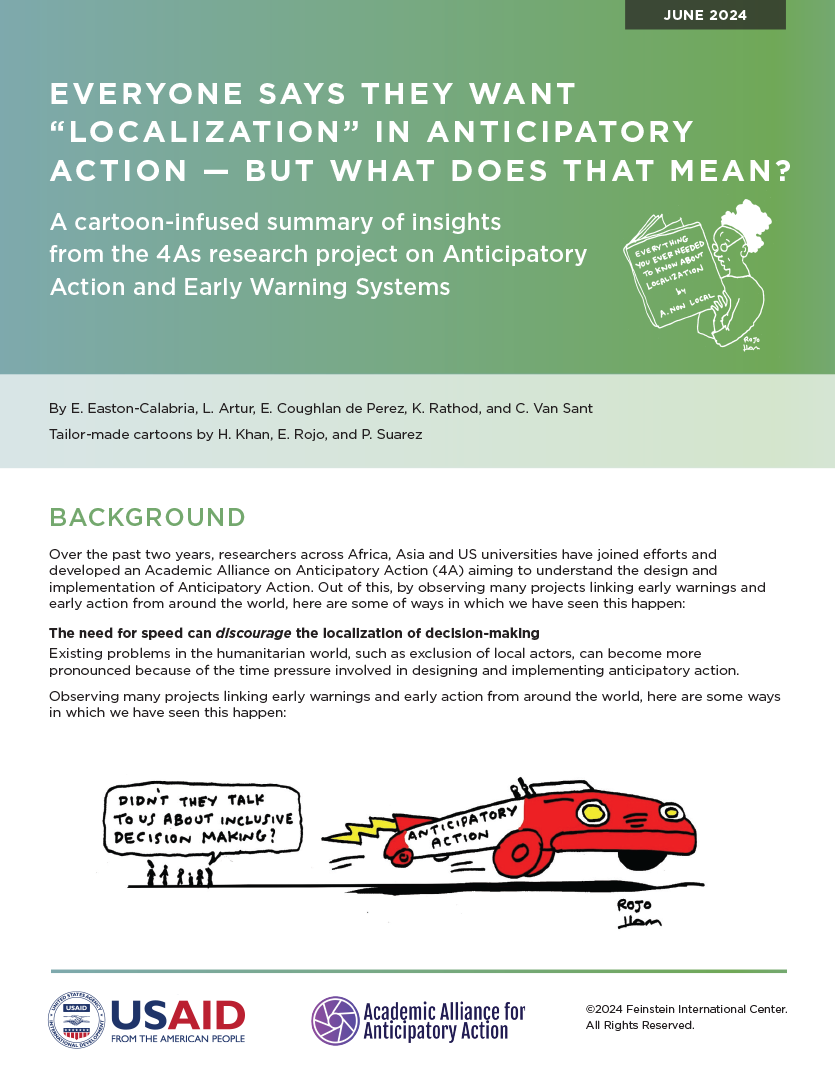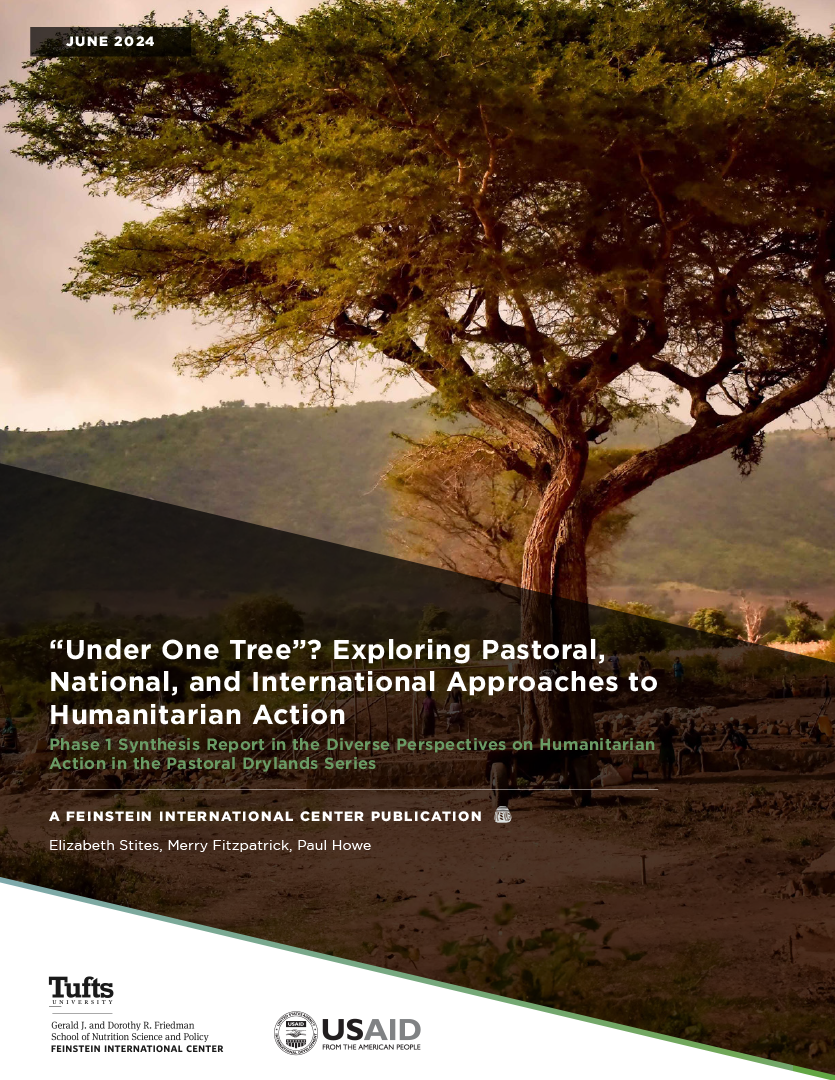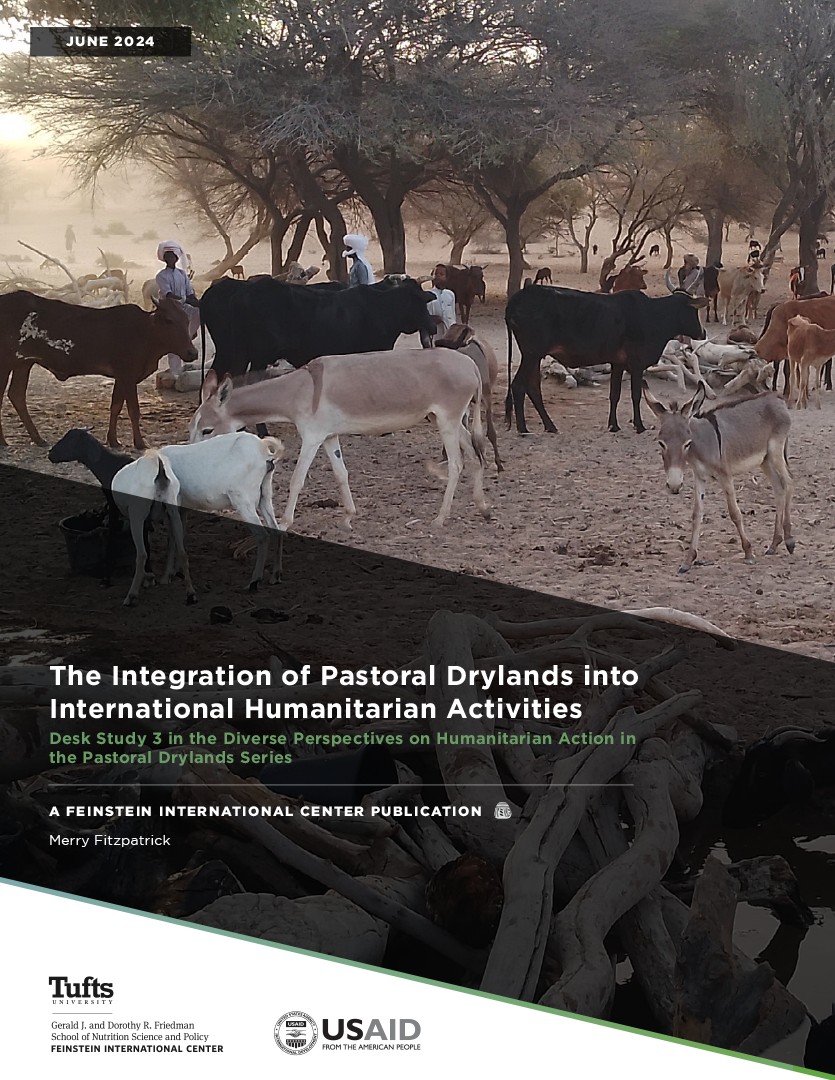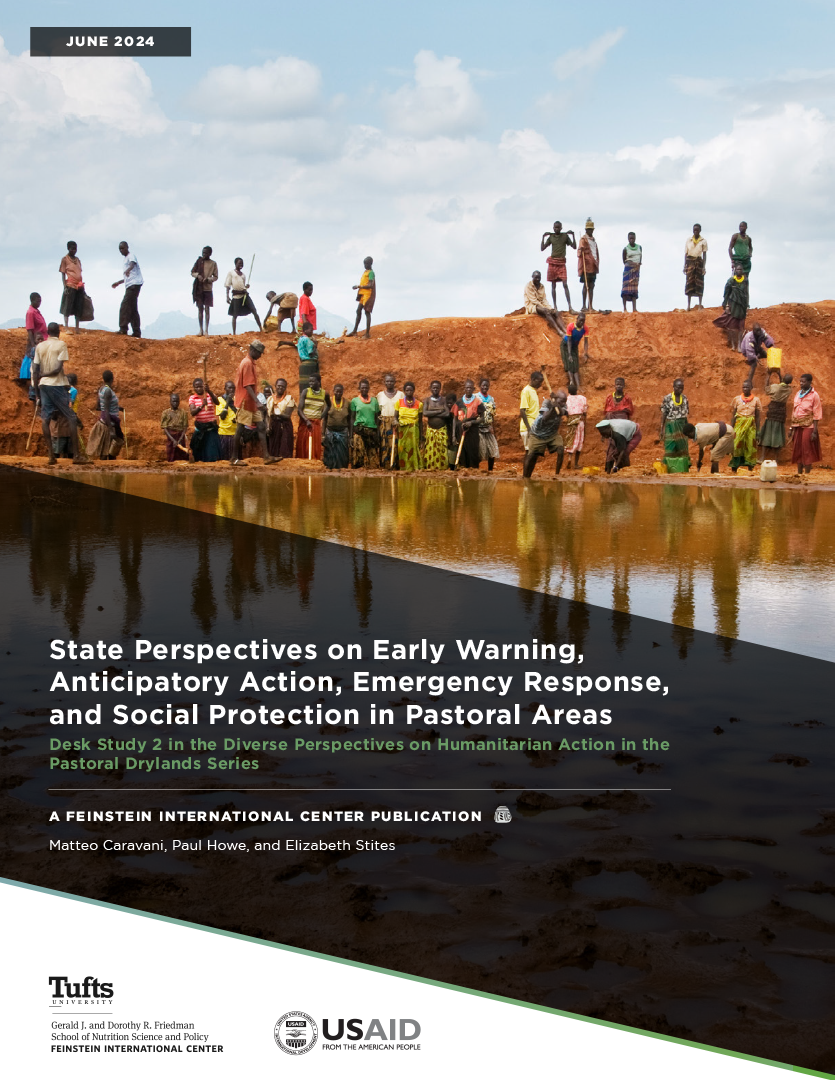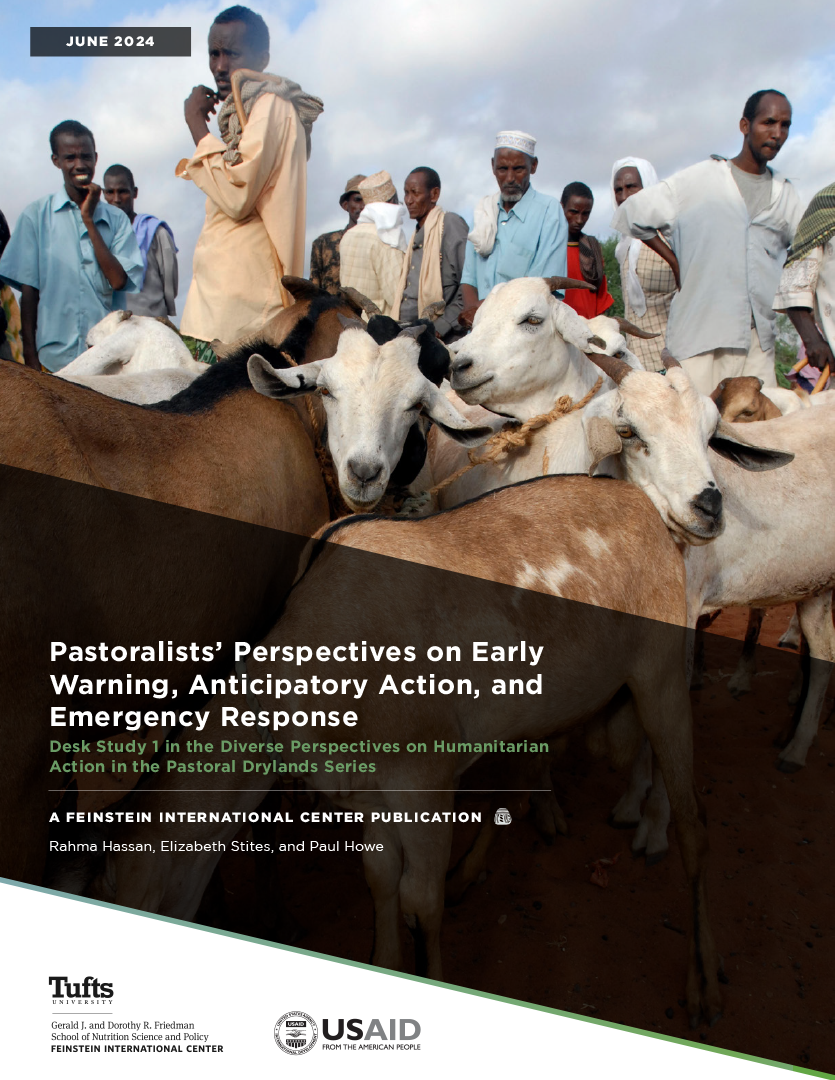Increasing the Financial Resilience of Disaster-affected Populations is a desk review paper commissioned and supported by the Office of Foreign Disaster Assistance, USAID. One of the most significant problems facing a disaster-affected population is the need for ready cash. In a post-disaster context cash is difficult to come by for a variety of reasons. A useful approach then, to enable recovery and reduce risk, is to identify effective ways to enable households to access (or hold onto) a lump sum of ready cash. This paper outlines the meaning of household financial resilience and its relationship to the household’s cash position. It then explores the impact of different kinds of hazards on the cash position of affected households and how different approaches – both existing humanitarian assistance and livelihood ones, and recent innovations – have addressed financial resilience, drawing on a range of case studies. The paper specifically highlights insurance, savings, and credit as a means by which households can raise a lump sum and sure up their financial resilience.
Increasing the Financial Resilience of Disaster-affected Populations
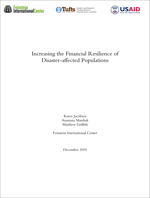
December 2009
ASSOCIATED PROJECT
SUBJECTS
PUBLICATION TYPE
LOCATION
RELATED PUBLICATIONS
The time pressure involved in designing and implementing anticipatory action can discourage the localization of decision-making. Learn more from a cartoon-infused summary of insights.
•
July 2024
Early Warning Systems can reduce deaths and damages caused by extreme weather events, if investors address gaps in communication and planning. Learn more from a cartoon-infused summary of insights.
•
July 2024
This synthesis report reflects upon Phase 1 findings on humanitarian action in pastoral drylands of the Greater Horn and Sudano-Sahel.
•
June 2024
This desk study examines common perceptions of pastoralism among humanitarians and barriers to international humanitarian systems meeting pastoralists’ needs.
•
June 2024
This desk study explores how state-owned policies and programs in pastoral areas of the Sudano-Sahel and the Greater Horn of Africa meet pastoralists’ needs and priorities.
•
June 2024
This desk study explores how pastoralists manage climate, conflict, and other stresses through indigenous early warning systems, preventive actions, local emergency responses, and customary safety nets.
•
June 2024

